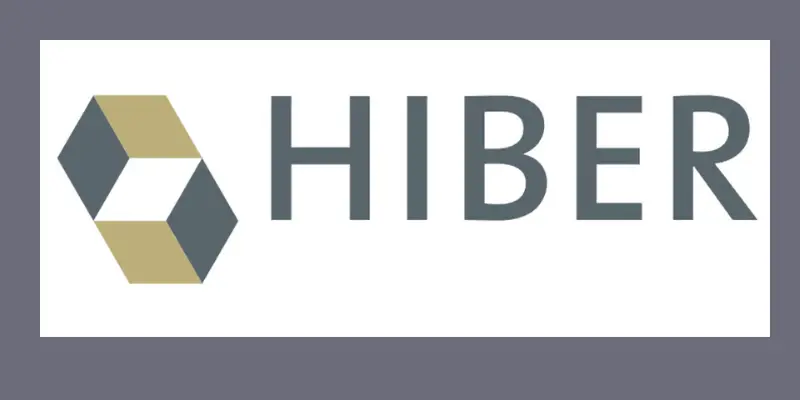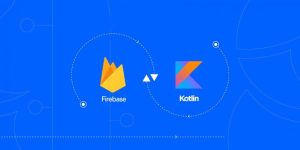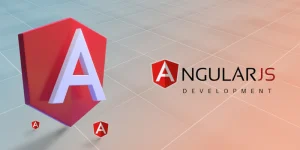
In the ever-evolving landscape of database technologies, the integration of Hibernate with NoSQL databases has become a topic of interest for developers seeking flexible and scalable data storage solutions. Hibernate, known for its robust ORM (Object-Relational Mapping) capabilities with traditional SQL databases, has extended its support to NoSQL databases, offering developers a versatile toolkit for managing diverse data needs. This blog acts as a guide for overcoming the challenges of Hibernate Training in Chennai by FITA Academy, shedding light on essential aspects.
NoSQL Databases and Their Advantages
- NoSQL databases, as the name suggests, depart from the traditional relational database model by offering non-tabular, flexible data storage options.
- One of the key advantages of NoSQL databases is their horizontal scalability, allowing for seamless distribution of data across multiple nodes.
Hibernate’s NoSQL Support
Hibernate, known for its ORM capabilities primarily with SQL databases, extends its reach to NoSQL databases through Hibernate OGM (Object-Grid Mapping). It acts as a bridge between Hibernate’s ORM framework and various NoSQL databases. It provides a unified API and data model abstraction layer for developers.
Capabilities of Hibernate OGM
- Unified Programming Model: Hibernate OGM offers a unified programming model familiar to users. It allows developers to work with NoSQL databases using object-oriented paradigms and annotations.
- NoSQL Database Support: OGM supports a range of NoSQL databases, including MongoDB, Couchbase, Neo4j, and Redis, among others. This flexibility enables developers to choose the most suitable NoSQL database for their application’s needs. As you start the Hibernate course in Chennai, grasping the concepts thoroughly is essential.
- Mapping and Querying: Similar to Hibernate’s ORM capabilities with SQL databases, Hibernate OGM provides mapping annotations and criteria-based querying for NoSQL databases. Developers can map Java objects to NoSQL document structures and perform CRUD operations seamlessly.
- Transaction Management: OGM supports transaction management for NoSQL databases, ensuring data consistency and integrity across operations. Developers can define transaction boundaries and manage ACID properties as needed.
Use Cases and Benefits
- Real-time Analytics and IoT: For applications dealing with real-time analytics and IoT data streams. Its support for NoSQL databases like Apache Cassandra or Redis can handle high-volume data ingestion and processing efficiently.
- Hybrid Data Models: Hibernate OGM allows developers to work with hybrid data models, combining relational and NoSQL data structures within the same application. This flexibility is beneficial for projects requiring diverse data storage solutions.
Challenges and Considerations
While Hibernate OGM provides a powerful abstraction layer for NoSQL databases. Developers should consider factors such as data consistency, performance optimizations. Also, compatibility with specific NoSQL database features when integrating into their projects. Prepare for an immersive learning experience at Training Institutes in Chennai, mastering Hibernate as a Java developer skilled in Object-Relational Mapping (ORM).
Hibernate’s integration with NoSQL databases through Hibernate OGM opens up new possibilities for developers. They can leverage the strengths of both ORM and NoSQL paradigms. By understanding how Hibernate OGM works and its benefits for different use cases. Developers can harness the power of NoSQL databases while maintaining the familiar development experience provided by Hibernate’s ORM framework.

